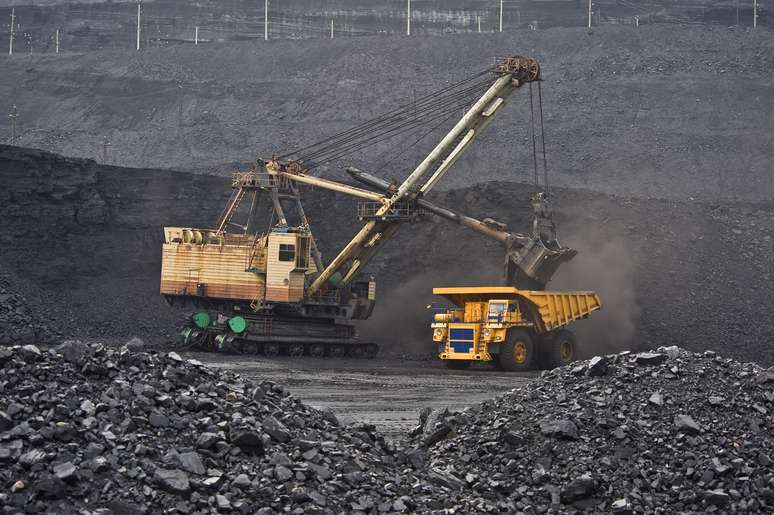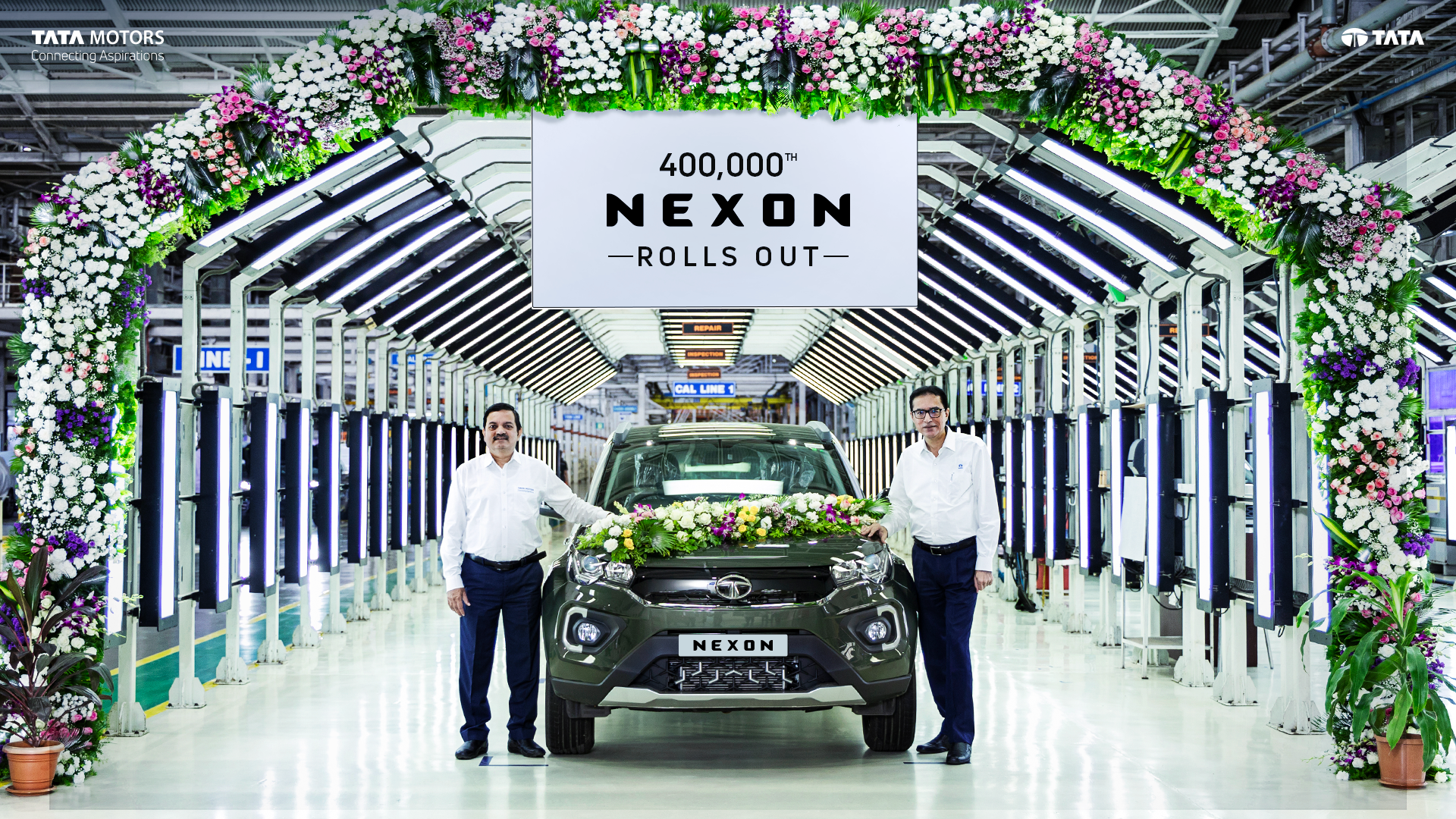New Delhi, NFAPost: The government has also approved the continuation of the central sector plan ‘Exploration of Coal and Lignite scheme’ with an estimated expenditure of Rs 2,980 crore.
The time period for the extension is from 2021-22 to 2025-26 co-terminus with the 15th Finance Commission cycle, the Cabinet Committee on Economic Affairs (CCEA) said in a statement.
“The CCEA chaired by Prime Minister Narendra Modi approved the continuation of the Central Sector Scheme of “Exploration of Coal and Lignite scheme” with an estimated expenditure of Rs 2,980 crore from 2021-22 to 2025-26 co-terminus with the 15th Finance Commission cycle,” it said.
Under this scheme, exploration for coal and lignite is conducted in two broad stages: (i) Promotional (Regional) Exploration and (ii) Detailed Exploration in non-Coal India Limited blocks.
The approval will provide an outlay of Rs 1,650 crore for promotional (Regional) exploration and Rs 1,330 crore for detailed drilling in non-CIL areas, the statement said.
Approximately 1,300 sq km area will be covered under Regional exploration, and about 650 sq km area will be covered under detailed exploration, it added.
Exploration for Coal and Lignite is required to prove and estimate coal resources available in the country, which helps in preparing detailed project reports to start coal mining.
The geological reports prepared through these explorations are used for auctioning new coal blocks, and the cost is thereafter recovered from successful allocatee.
Rs 5,452 cr cleared for metro line from HUDA City Centre to Cyber City
The Union Cabinet, chaired by Prime Minister Narendra Modi, gave its approval for the metro connectivity project from HUDA City Centre to Cyber City in Gurugram, with a spur to Dwarka Expressway. This project will cover a distance of 28.50 km and include 27 stations along the route.
It will be a standard gauge line of 1435 mm (5 ft 8.5 inches) and entirely elevated. A spur from Basai village will also be constructed to provide connectivity to the depot.
In the announcement, the Ministry of Housing & Urban Affairs shared details, planning and budget for the Metro Connectivity project.
Details of the Project
The main corridor, from HUDA City Centre to Cyber City, will span 26.65 km and have 26 stations.
The completion of the entire project is scheduled within four years from the date of sanction, and the Haryana Mass Rapid Transport Corporation Ltd. (HMRTC) will be responsible for its implementation.
The HMRTC will be established as a 50:50 Special Purpose Vehicle (SPV) of the Government of India and the Government of Haryana.
Cost and funding
The estimated cost for this section is Rs 5,452.72 crore. The government of India will contribute Rs 896.19 crore, the government of Haryana will contribute Rs 1,432.49 crore, the local bodies (otherwise known as HUDA) will contribute Rs 300 crore, the pass through assistance (PTA) in the form of a loan will be Rs 2,688.57 crore, and Rs 135.47 crore will be provided through public-private partnership (PPP) for lifts and escalators.
The project will be financed through loans from the European Investment Bank (EIB) and the World Bank (WB).
Benefits of the project
Currently, there is no metro line in old Gurugram, and this new line aims to connect new Gurugram with old Gurugram. The network will also connect with the New Delhi Railway Station and provide future connectivity to the Indira Gandhi International (IGI) airport.
Additionally, it is expected to contribute to overall economic development in the area.
The population of Gurugram is around 2.5 million, and this metro connectivity will greatly benefit the residents.
Currently, the two metro lines in Gurugram are the ‘Yellow Line’ and the ‘Rapid Metro’. Cumulatively, the daily riderships is nearly 1.3 million. The new metro line will provide a multi-modal connectivity in Gurugram.
It will be connected to the railway station near sector-5, the Regional Rapid Transit System (RRTS) at sector-22, and the yellow line station at HUDA City Centre.
Project preparedness
Currently, 90 per cent of the required land is owned by the government, and the remaining 10 per cent is privately owned. The process of shifting utilities has already commenced, and efforts have been made to secure funding from the World Bank and the European Investment Bank. The tendering process for the project is currently underway.
Industry support
The industry has extended its support for the project as soon as it was announced.
Mohit Jain, the managing director of Krisumi Corporation asaid, “The approval of the metro expansion project, connecting HUDA City Center to Cyber City, by the union cabinet signifies a noteworthy achievement in the advancement of Gurugram. This progressive step holds great promise, particularly for the real estate industry surrounding the Dwarka Expressway and New Gurgaon, as it is poised to receive a substantial enhancement in infrastructure.”
He added, “Over the past few years, the Central Peripheral Road along Dwarka Expressway has witnessed remarkable growth. With the completion of Dwarka Expressway nearing its final stages and the announcement of metro connectivity, the demand for residential properties is expected to witness a further surge from both end users and investors alike.”
Pradeep Aggarwal, the founder and chairman, Signature Global (India) Ltd. also commended the project’s significance for the country and its potential.
He said, “Metro extension from HUDA City Center to Cyber City received approval from the union cabinet could be termed as a remarkable step towards Gurugram’s growth. This development holds tremendous potential, particularly for the real estate sector around the Dwarka Expressway and New Gurgaon, as it will receive a significant infrastructure boost.
The commencement of this metro connectivity will create numerous investment opportunities and generate employment, thereby fostering growth in the real estate sector of Gurugram. It will interconnect the various areas of the city like a beautifully crafted garland, leading to the overall development of Gurugram, with a particular focus on New Gurugram and the surrounding locations along the Dwarka Expressway. This positive step is expected to drive progress and development in the entire Gurugram region, benefitting residents, businesses, and the economy as a whole.”





